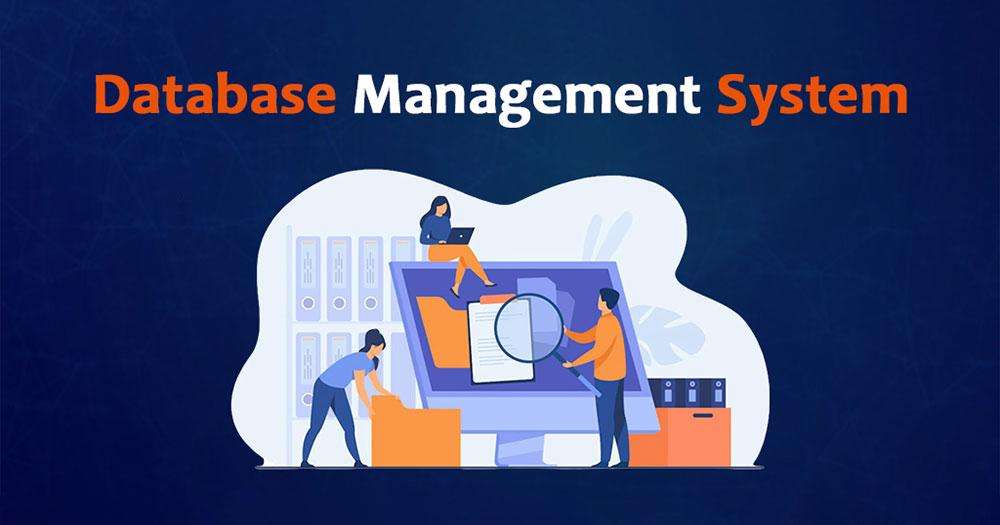A database management system (DBMS) is a software application that allows users to efficiently store, manage, and retrieve data. It serves as an interface between the user and the database, providing a structured and organized approach to data management.
Types of Database Management Systems
There are several types of DBMS, each designed to cater to specific needs and requirements. The most common types include:
- Relational DBMS (RDBMS): This type of DBMS organizes data into tables with rows and columns, and uses structured query language (SQL) for data manipulation and retrieval. Examples include MySQL, Oracle, and Microsoft SQL Server.
- Hierarchical DBMS: In this type, data is organized in a tree-like structure with parent-child relationships. It is commonly used in mainframe environments.
- Network DBMS: Similar to hierarchical DBMS, network DBMS also uses a tree-like structure but allows more complex relationships between data elements.
- Object-Oriented DBMS (OODBMS): OODBMS stores data in the form of objects, which can contain both data and methods. It is suitable for handling complex data structures.
- Graph DBMS: Graph DBMS uses graph structures to represent and store data. It is particularly useful for handling interconnected data.
Key Functions of a DBMS
A DBMS performs several important functions to ensure efficient data management:
- Data Definition: DBMS allows users to define the structure of the database, including tables, fields, and relationships between entities.
- Data Manipulation: Users can insert, update, and delete data in the database using SQL or other query languages supported by the DBMS.
- Data Retrieval: DBMS provides mechanisms to retrieve data based on specific criteria, allowing users to extract meaningful information from the database.
- Data Security: DBMS offers various security features to protect sensitive data, including access control, encryption, and backup and recovery mechanisms.
- Data Integrity: DBMS ensures the accuracy and consistency of data by enforcing integrity constraints and rules.
- Data Concurrency: DBMS handles multiple user requests concurrently, ensuring that data remains consistent and preventing conflicts.
Advantages of Using a DBMS
Implementing a DBMS offers several advantages over traditional file-based systems:
- Data Centralization: DBMS allows for centralized storage of data, eliminating data redundancy and ensuring data consistency.
- Data Sharing and Collaboration: DBMS enables multiple users to access and manipulate data simultaneously, facilitating collaboration and improving productivity.
- Data Security: DBMS provides robust security mechanisms to protect sensitive data from unauthorized access and ensure data privacy.
- Data Integrity: DBMS enforces integrity constraints and rules to maintain the accuracy and consistency of data.
- Data Scalability: DBMS can handle large volumes of data and can scale up or down as per the organization’s needs.
- Data Recovery: DBMS offers backup and recovery mechanisms to prevent data loss in the event of system failures or disasters.
Challenges in Database Management
While DBMS provides numerous benefits, there are also challenges associated with its implementation and management:
- Complexity: DBMS can be complex to set up and maintain, requiring specialized knowledge and expertise.
- Cost: Implementing and managing a DBMS can incur significant costs, including licensing fees, hardware requirements, and ongoing maintenance.
- Performance: Poorly designed databases or inefficient queries can impact the performance of the DBMS, resulting in slow response times.
- Security Risks: DBMS can be vulnerable to security breaches if not properly secured, potentially leading to data leaks or unauthorized access.
- Data Migration: Moving data from one DBMS to another or upgrading to a newer version can be a complex and time-consuming process.
Conclusion
A database management system is a vital tool for organizations to efficiently store, manage, and retrieve data. It offers various types of DBMS to cater to different needs and provides essential functions such as data definition, manipulation, retrieval, security, integrity, and concurrency. Implementing a DBMS brings numerous advantages, including centralized data storage, improved collaboration, enhanced security, and scalability. However, it also poses challenges in terms of complexity, cost, performance, security risks, and data migration. Overall, a well-designed and properly managed DBMS can greatly enhance an organization’s data management capabilities.



